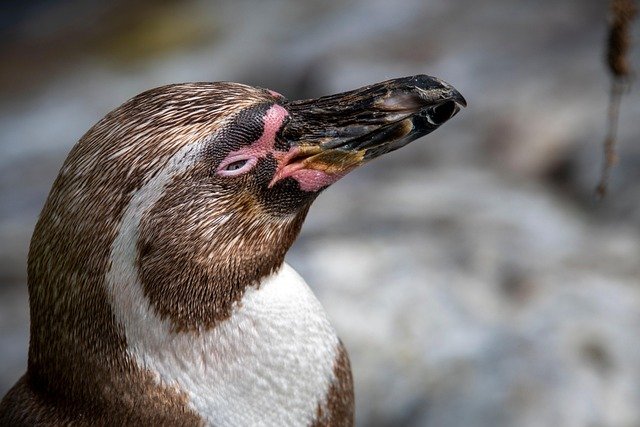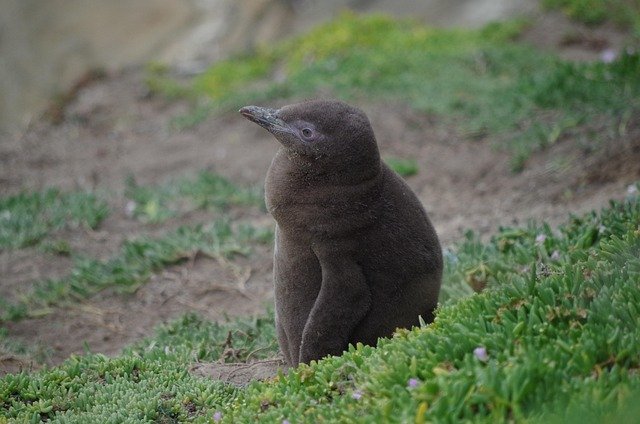**Title: "The Social Lives of Penguins: Understanding Their Complex Communities"** **Overview:** This

The Social Lives of Penguins: Understanding Their Complex Communities
Penguins are often regarded as the charming, tuxedo-clad birds of the Antarctic, but beneath their endearing exterior lies a fascinating social structure that is both complex and highly organized. This post delves into the intricate social lives of penguins, exploring their communal behaviors, social hierarchies, and the vital role these dynamics play in their survival.
The Importance of Community
Penguins are inherently social animals, often found in large colonies that can number in the thousands. These colonies provide several benefits:
- Protection from Predators: Living in large groups helps penguins reduce the risk of predation. The sheer number of individuals can deter potential threats.
- Thermal Regulation: In harsh climates, huddling together allows penguins to conserve heat and stay warm during frigid temperatures.
- Cooperative Breeding: Many species of penguins, such as the Emperor and Adélie penguins, exhibit cooperative breeding behaviors, where individuals assist in raising chicks that are not their own.
Social Structures and Hierarchies
Within these colonies, penguins establish social hierarchies that dictate interactions and relationships. Key aspects include:
- Dominance and Submission: Penguins often engage in displays of dominance, such as vocalizations and physical posturing, to establish their rank within the group. Higher-ranking individuals may have better access to food and mates.
- Pair Bonds: Many penguin species form monogamous pair bonds during the breeding season. These bonds are critical for successful reproduction, as both parents typically share responsibilities in incubating eggs and feeding chicks.
- Social Grooming: Penguins engage in mutual preening, which strengthens social bonds and helps maintain feather health. This behavior not only fosters relationships but also plays a role in hygiene.
Communication and Social Behavior
Penguins have developed a variety of vocalizations and body language to communicate within their colonies:
- Vocal Calls: Each species has distinct calls that facilitate recognition among mates and chicks, even in the midst of noisy colonies.
- Physical Displays: Body posture, flipper movements, and even head tilting can convey important social information, such as readiness to mate or aggression.
Challenges and Adaptations
The social lives of penguins are not without challenges. Climate change, overfishing, and habitat destruction pose significant threats to their colonies. As these pressures increase, the social dynamics of penguin communities may shift, potentially impacting their survival.
Conclusion
Understanding the social lives of penguins provides valuable insights into their behavior and ecology. These remarkable birds exemplify the importance of community in the animal kingdom, showcasing how social structures can enhance survival and reproductive success. As we continue to study and protect these fascinating creatures, we gain a deeper appreciation for the intricate tapestry of life in the harsh environments they inhabit.
By exploring the social lives of penguins, we not only learn about their unique adaptations but also the broader implications for wildlife conservation and the health of marine ecosystems. Let's continue to advocate for the protection of these incredible birds and their habitats!

Upvoted! Thank you for supporting witness @jswit.